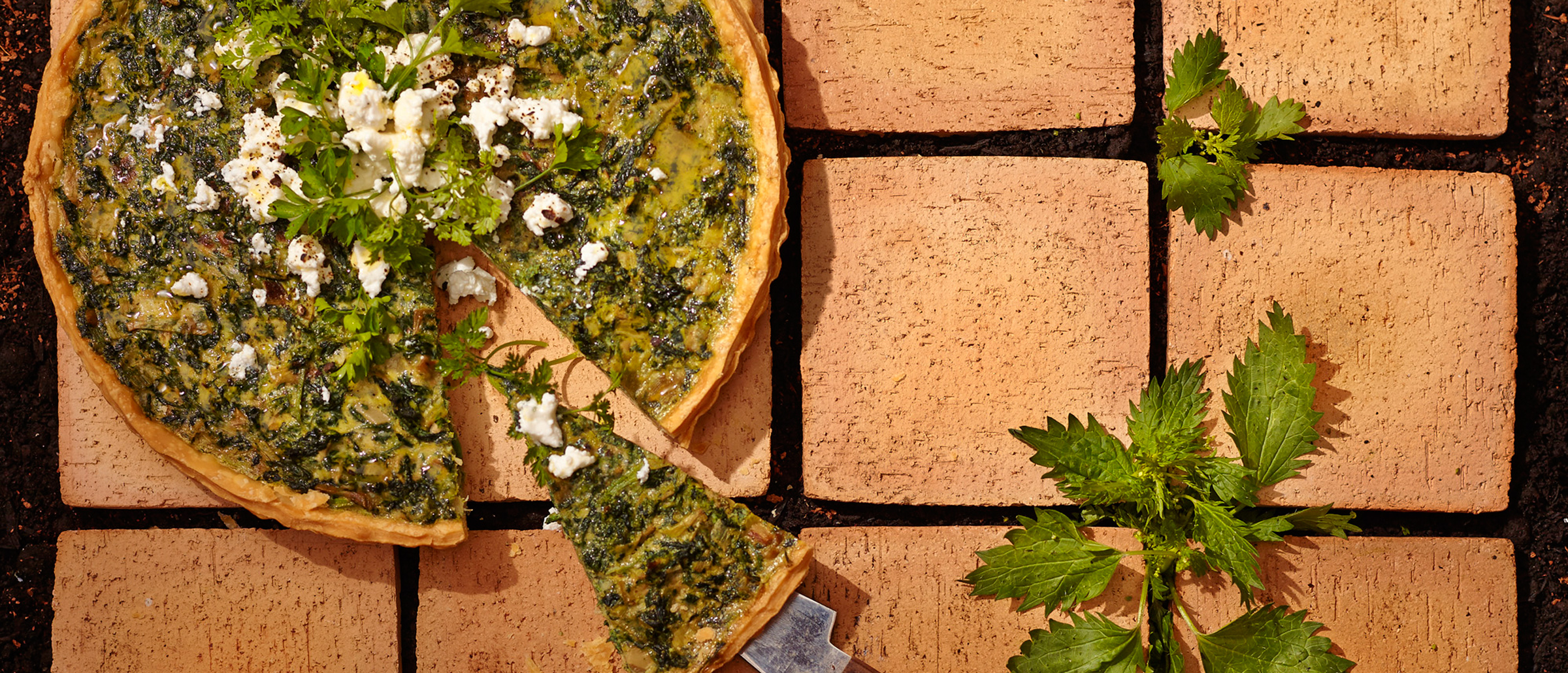The Big Business of Food

- Words by
- Emma Remond
- Images by
- Georgina Reid
The National Farmer’s Federation says that each Australian farmer produces enough food to feed 600 people annually (150 people domestically and 450 overseas). This is just one of the so-called “triumphs” of modern agriculture, but at what cost? According to the United Nation’s Food and Agriculture Organisation, seventy- five per cent of the world’s food is generated from only twelve plant species. By prioritising profit above all else, modern agriculture has abandoned the proven principle of stability through diversity. Somehow it’s thought to be economical and wise to put all the eggs in one basket.
In a recent interview with Dumbo Feather magazine, environmental journalist, Simran Sethi explained that there were multiple factors that contributed to the increasing lack of variety in what we grow and eat; from increased industrialisation and globalisation to trade agreements.
Like most large-scale industries, agriculture has spent the best part of the last century building infrastructure and developing technologies to maximise economies of scale, leading to the widespread cultivation of fewer varieties and breeds. Whilst this may be more productive in the short term, it can also lead to all sorts of problems from herbicide resistant “super weeds” to entire varieties threatened with extinction when disease strikes. Furthermore, the cultivation of fewer crop varieties results in a more uniform, less diverse, and more competitive global market.
According to American author Michael Pollan, as the price per bushel of corn in the USA has been driven below what it actually costs to produce, due to subsidies and the rhetoric of competitiveness and free trade, farmers who want to survive have no choice but to grow more corn.
Of course something has to be done with all that corn. What isn’t eaten as corn has to be processed – broken down into simple compounds by either animals in feedlots or a processing plant, where it is reassembled in various guises from soft drinks and breakfast cereals to snacks.
And what ends up happening at the supermarket is our choice becomes even narrower: it becomes a choice of brand rather than a choice of food.
The question, of course, is how did we get here? Well, to start with, the idea of increasing productivity and efficiency by reducing diversity is reflective of a greater trend in Western culture towards specialisation. Roman Krznaric, author of How to Find Fulfilling Work, believes this trend is rooted in the division of labour that emerged during the industrial revolution when most jobs were split into tiny segments to boost efficiency and production levels.
American author, environmental activist and farmer, Wendell Berry has noted that, “The first, and best known, hazard of the specialist system is that it produces specialists – people who are elaborately and expensively trained to do one thing.” The consequence of our obsession with specialisation, of course, is the abdication of “various competences and responsibilities that were once personal and universal” to a specialist.
Where food production was once a collaborative effort shared by farms and households, the average person now outsources it to agriculturalists and agribusinessmen. Where urban households were once dependent upon farmers, but not passively so, for they were often producers of food themselves, or, at the very least, processors of food, actively selecting and preparing raw kitchen material bought at the local neighbourhood shops;
The household is now purely consumptive and the farm is merely a unit a of production. This once collaborative relationship is now competitive: the consumer wants food to be as cheap as possible, while the farmer wants it to be as expensive as possible.
But that’s not to say farmers are to blame. And big business is not entirely at fault either. We have to remember that we did this to ourselves. As Sethi said in her Dumbo Feather interview, “We made the decision that it is more important for us to buy the three dollar meat than the eleven dollar meat. We did that. There’s a lot of hungry people. But let us not be mistaken: the degree to which people are hungry, versus the degree to which we throw food away, versus the degree to which we spend money on cellphones and fancy shoes and whatever, like, let’s not fool ourselves.”
When Mark Bittman interviewed Wendell Berry for the New York Times in 2012, he asked what city people could do and Berry replied, “The main thing is to realise that country people can’t invent a better agriculture by ourselves. Industrial agriculture wasn’t invented by us, and we can’t uninvent it. We’ll need some help with that.”
I picked up a bunch of asparagus at my local green grocer in Dubbo last Saturday morning. The label said “PRODUCT OF PERU.” Not an entirely uncommon experience, but I when stopped and thought about those delicate little spears having seen more of the world than I have, it was obvious that something about the situation wasn’t right. “I’m not asking you to grow your own vegetables, save your own seeds or even bloody cook your own food,” said Sethi. And I’m not necessarily asking you to do all those things either. Apart from the last one.You may not be able to grow your own food, but at the very least, you should be able to cook some of it. And when you’re purchasing raw materials for your meals, be aware of the consequences of your choices because if the rest of us don’t accept responsibility for being part of the problem, we can’t be part of the solution. It’s about caring enough to be able to, mindfully and intentionally, take one small step after another in the right direction by choosing locally grown and sustainably produced whole food. Sooner or later agribusiness will have to adapt it’s model to meet market demand.




